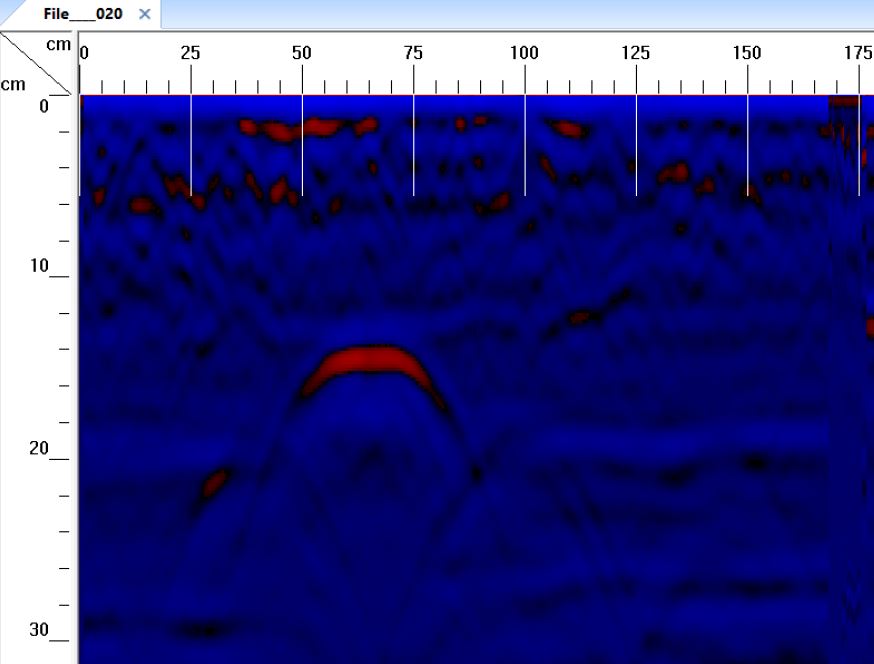Ground Penetrating Radar: A Revolutionary Tool for Exploring Historical Sites

GPR, commonly referred to as GPR, is revolutionizing the field of archaeology, providing researchers with an advanced method to reveal buried artifacts and structures without having to disturb the soil. This gentle technology permits archaeologists to peer beneath the surface, revealing buried remains and historical features with unprecedented clarity. In a domain where traditional excavation methods can be both time-consuming and problematic, GPR acts as a critical tool, allowing for smarter decision-making and efficient resource allocation.
As the demand for archaeological preservation and ethical excavation grows, understanding the nuances of GPR surveys becomes progressively important. Not only do these surveys aid identify artifacts and structures, but they also play a critical role in multiple industries, including construction, environmental investigations, and infrastructural development. This article investigates the principles of GPR surveys, highlighting their value, advantages, and wide-ranging applications, while also addressing frequent misconceptions and describing best practices for those considering using this technology in their projects.
Grasping Ground Penetrating Radar Technology
Ground Penetrating Radar (GPR) is a non-invasive geophysical technique that utilizes radar signals to image the earth below. The technology employs a radar system that transmits high-frequency electromagnetic signals into the ground. When these waves encounter different substances or geological layers, they bounce back to the surface, where they are captured by a receiver. This method provides real-time, high-resolution images that illustrate the structure and composition of subsurface features, making GPR an important tool in various fields, including archaeology, construction, and ecological studies.
One of the core elements of GPR technology is the emission device, which emits and captures the radar waves. GPR Survey Bromsgrove is vital, as it determines the depth of infiltration and the resolution of the information. Elevated frequencies offer better resolution and are suitable for detecting close to the surface targets, while lower frequencies penetrate but provide poorer detailed images. The data collected is processed using dedicated software to create images of the subsurface, allowing operators to analyze the results accurately and make informed decisions based on the data.
GPR technology is not only efficient but also environmentally friendly. Unlike traditional excavation methods, which can disrupt and harm the ground, GPR is non-intrusive and does not require excavation or drilling. This feature is particularly beneficial in sensitive areas, such as archaeological sites, where the protection of site context and artifacts is crucial. As technology advances, GPR is becoming more and more sophisticated, integrating with other geospatial tools and software to enhance its capabilities and applications in multiple fields.
Uses of GPR Surveys
GPR investigations have a wide range of uses across different fields, making them an essential tool for identifying and charting subterranean characteristics. In the field of archaeology, GPR is used to reveal underlying structures, artifacts, and burial sites without disturbing the soil. This non-intrusive technique allows historical scientists to gain information into historical locations and analyze the structure of historical cultures, leading to more knowledgeable excavation strategies and protection of cultural heritage.

In the field of construction and design, GPR surveys are vital for locating subsurface utilities such as pipelines, electrical lines, and rebar prior to excavation starts. This assists mitigate damage during building, minimizes project delays, and guarantees worker safety. By providing clear images of the subterranean, GPR enables engineers to make smart determinations about the foundations and preparation of the site.
Environmental and geotechnical investigations also take advantage of GPR surveys. They are used to assess ground conditions, locate contaminants, and measure water table levels. This knowledge is vital for site assessments, remediation efforts, and assessing the suitability of sites for construction projects. GPR's ability to provide immediate information enhances the effectiveness and success of environmental research, contributing to more sustainable building methods.
GPR Surveys in Building and Archaeology
GPR has become a crucial tool in both building and historical research due to its ability to detect underground features without digging. In construction, GPR is used to locate infrastructure, evaluate soil conditions, and review existing structures before initiating any new projects. This technology helps promote safety and efficiency by detecting potential obstacles and risks, thus allowing for more informed decision-making during the planning and execution of building tasks.
In the realm of historical research, GPR plays a critical role in discovering hidden artifacts and features that would conventionally remain undetected. By studying the data collected from deep beneath the ground, archaeologists can chart ancient structures, burial sites, and even entire settlements without disturbing the soil. This non-invasive approach not only protects archaeological sites but also improves our understanding of historical contexts, providing a clearer picture of past civilizations.
The integration of GPR technology in both fields marks a notable breakthrough in surveying techniques. As building projects become more complex and historical inquiries push further into new territories, GPR offers a dependable and efficient method for exploration and analysis. https://md.entropia.de/90oMAPOiSGCV7eug115jzQ/ and non-invasive capabilities are revolutionizing how professionals approach the challenges in their respective disciplines, ultimately leading to improved outcomes and discoveries.
